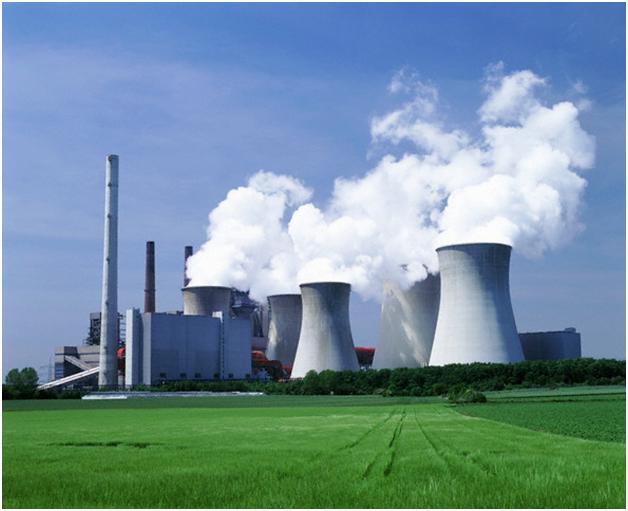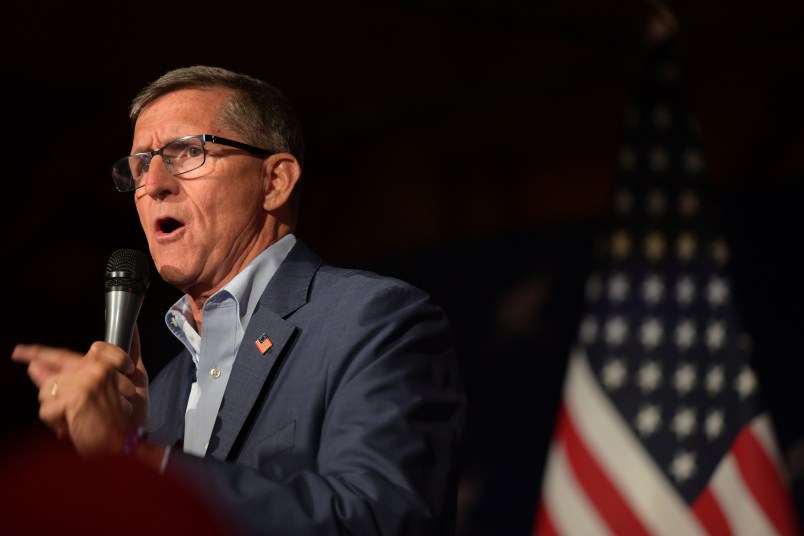When the five members of the Nuclear Regulatory Commission (NRC) appear before the Senate Environment and Public Works Committee on Tuesday, they will not be speaking as a unified body. Since the NRC task force released its report on what changes should be implemented at American reactors to prevent a Fukushima-like catastrophe on U.S. soil, the committee has been publicly split and struggling on how to respond. The NRC chairman and another commissioner formed a two-person minority, calling for decisions on the recommendations within 90 days, while a three-member majority opposed swift action, saying they lacked sufficient basis to alter nuclear standards.
The committee chairman, Gregory Jaczko, has been outspoken in his support of the task force’s recommendations to establish a uniform framework of regulations, while Commissioner William C. Ostendorff told the NYT, “I personally do not believe that our existing regulatory framework is broken.”
The high-profile hearing comes amid a slew of other news on the state of U.S. nuclear power, which finds the NRC facing new news on worst-case scenario estimates, and a lawsuit from two states seeking another place to put radioactive waste.
An NRC study leaked to the NYT on Friday concluded that a U.S. nuclear meltdown would cause far fewer deaths and cancer fatalities than previously estimated. It found that a massive release of radioactive material would not leak immediately, and people within a 10-mile radius would have enough time to evacuate, according to the NYT. While previous estimates stated one in 167 people within a 10-mile radius of a meltdown would develop cancer, this study changed that number significantly, to one in 4,348.
The report is still undergoing peer review, and the NRC did not intend to release it until next spring. The Union of Concerned Scientists obtained the copy by way of a Freedom of Information request, which they passed along to the NYT.
The authors of the report were careful to note that it is not meant to set policy, though it remains to be seen if the findings will be brought up at the upcoming hearing on nuclear reform, given its relevance when rethinking safety thresholds.
The same day the NYT obtained that report, two states filed to sue the NRC over the long-debated question of Yucca Mountain. The volcanic formation in Nevada was chosen in 1987 as the national disposal for high-level nuclear waste by Senate leaders who did not want the radioactive material stored in their own states. In 2004, its estimated price tag was $60 billion.
In March 2010, the Obama administration halted the Yucca Mountain plans, and the Department of Energy requested to withdraw its application on the mountain “with prejudice.” The White House assembled a Blue Ribbon commission to assess other options, appointing Homeland Security councilman Lee Hamilton and long-time National Security advisor General Brent Scowcroft to head the group.
The fruit of that commission thus far is a draft report released Friday, recommending that another disposal site be selected by an independent panel (not the Energy Department) based on scientific research and local consent, a model used successfully by Sweden and Finland, according to the Hill.
“We know what we have to do, we know we have to do it, and we even know how to do it,” the report reads.
South Carolina and Washington state, together with a group of energy regulators, filed a lawsuit against the NRC the very same day to compel it to finally decide on the Energy Department’s “unreasonably delayed” 2010 request to withdraw its application on Yucca Mountain, saying it should have filed its final decision on June 3, according to procedure.
As the Hill points out, South Carolina and Washington both host high-level radioactive waste sites and are eager to see the Yucca project carried out. The lawsuit also demands cleanup of 56 gallons of radioactive waste that leaked from underground tanks in Hanford, Washington, at a nuclear plant that is the same design as Fukushima-Daiichi, though it is newer and larger.










